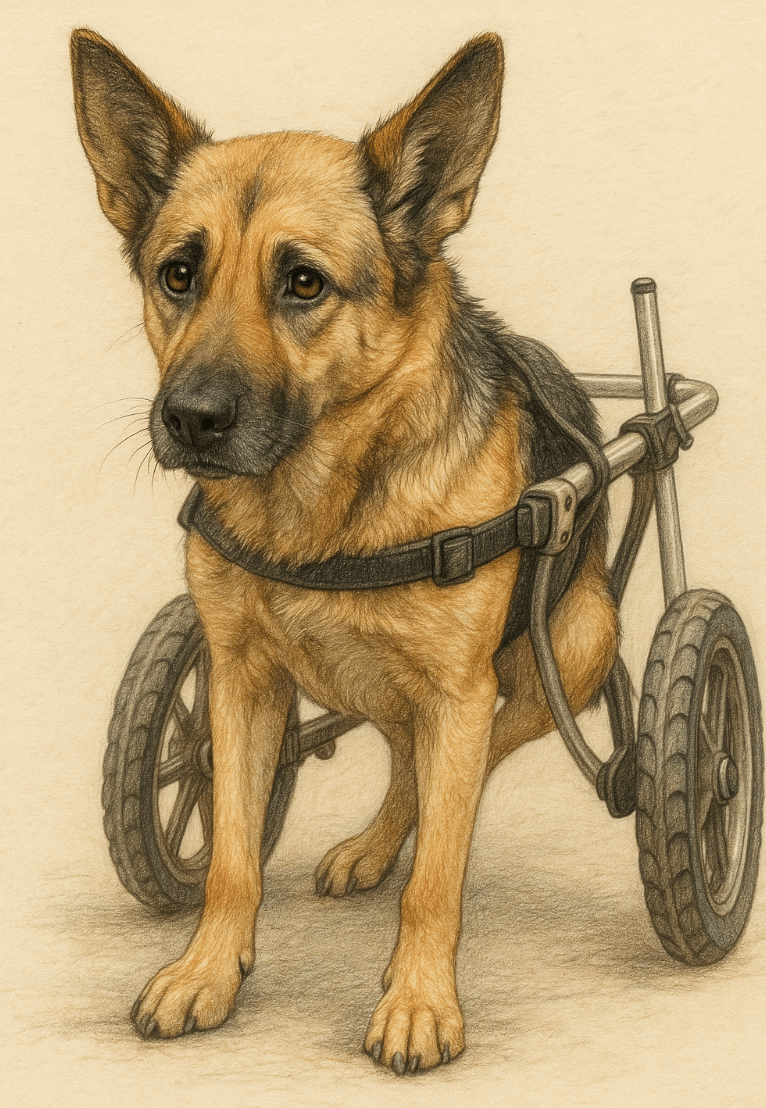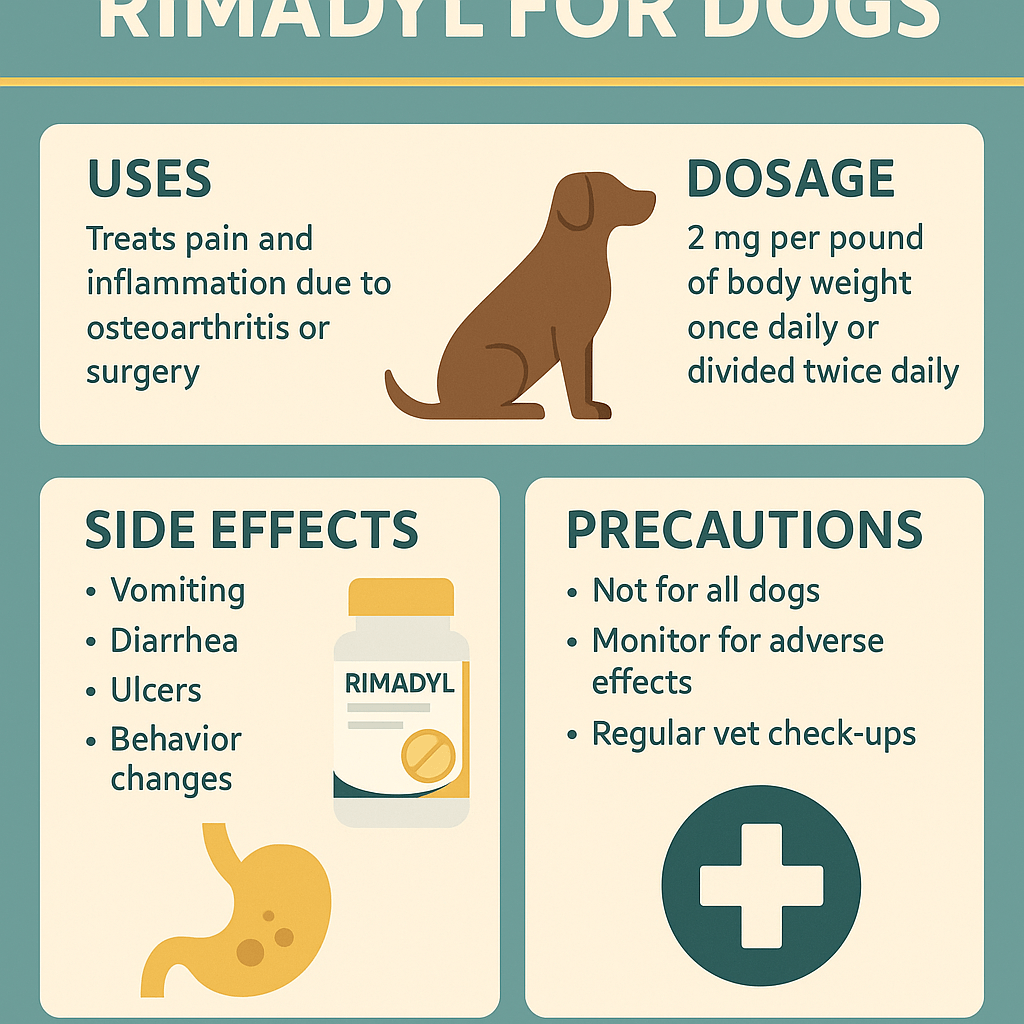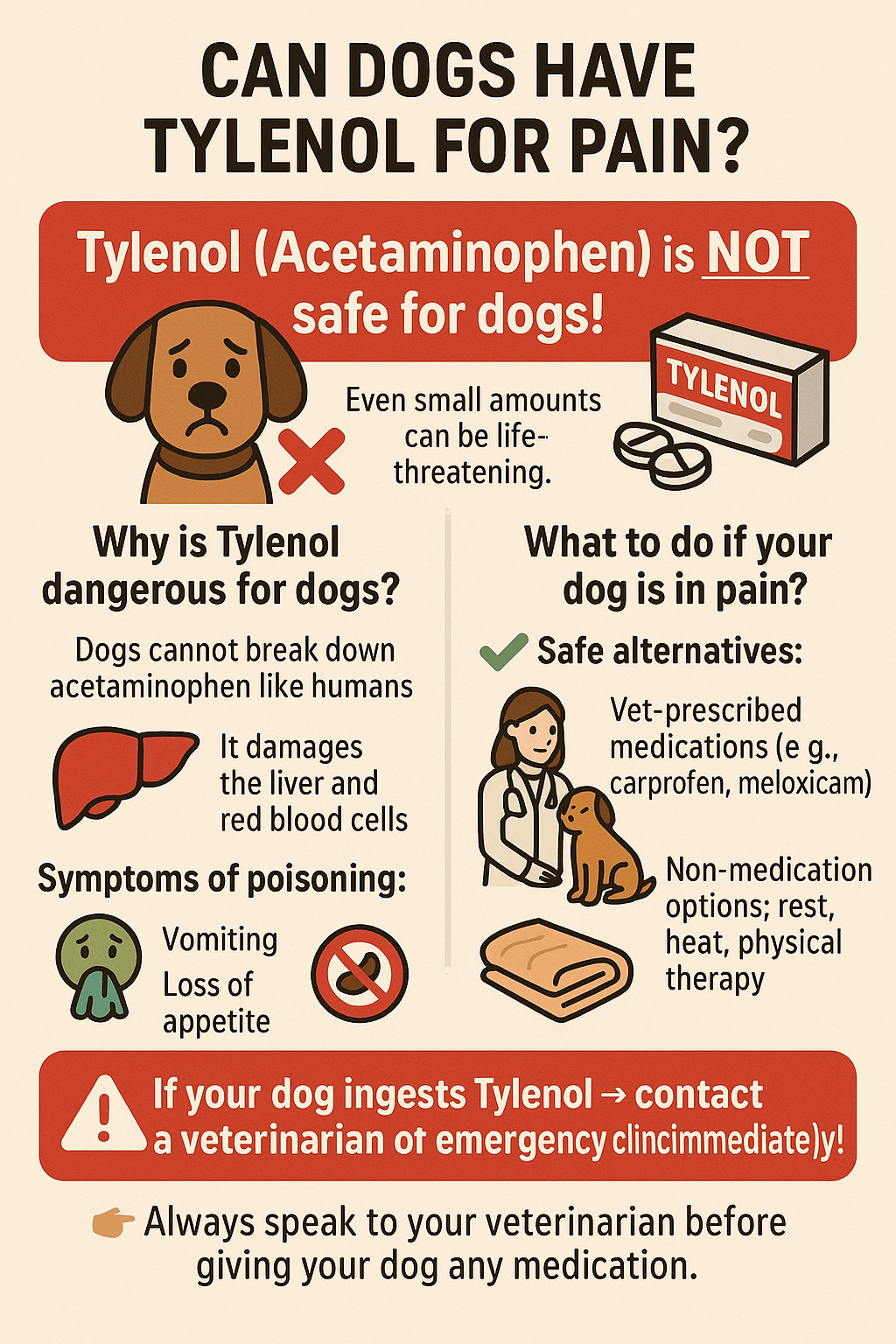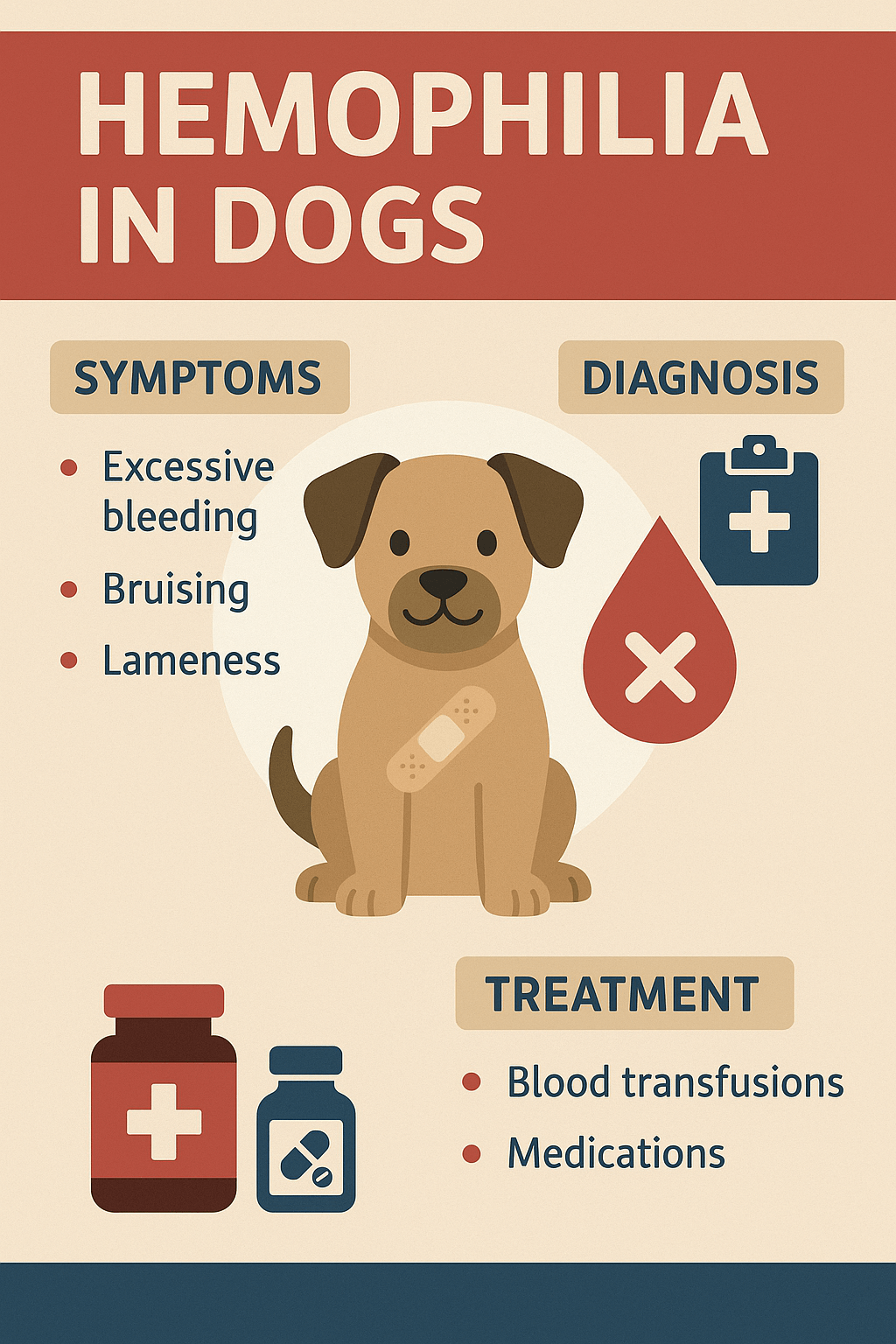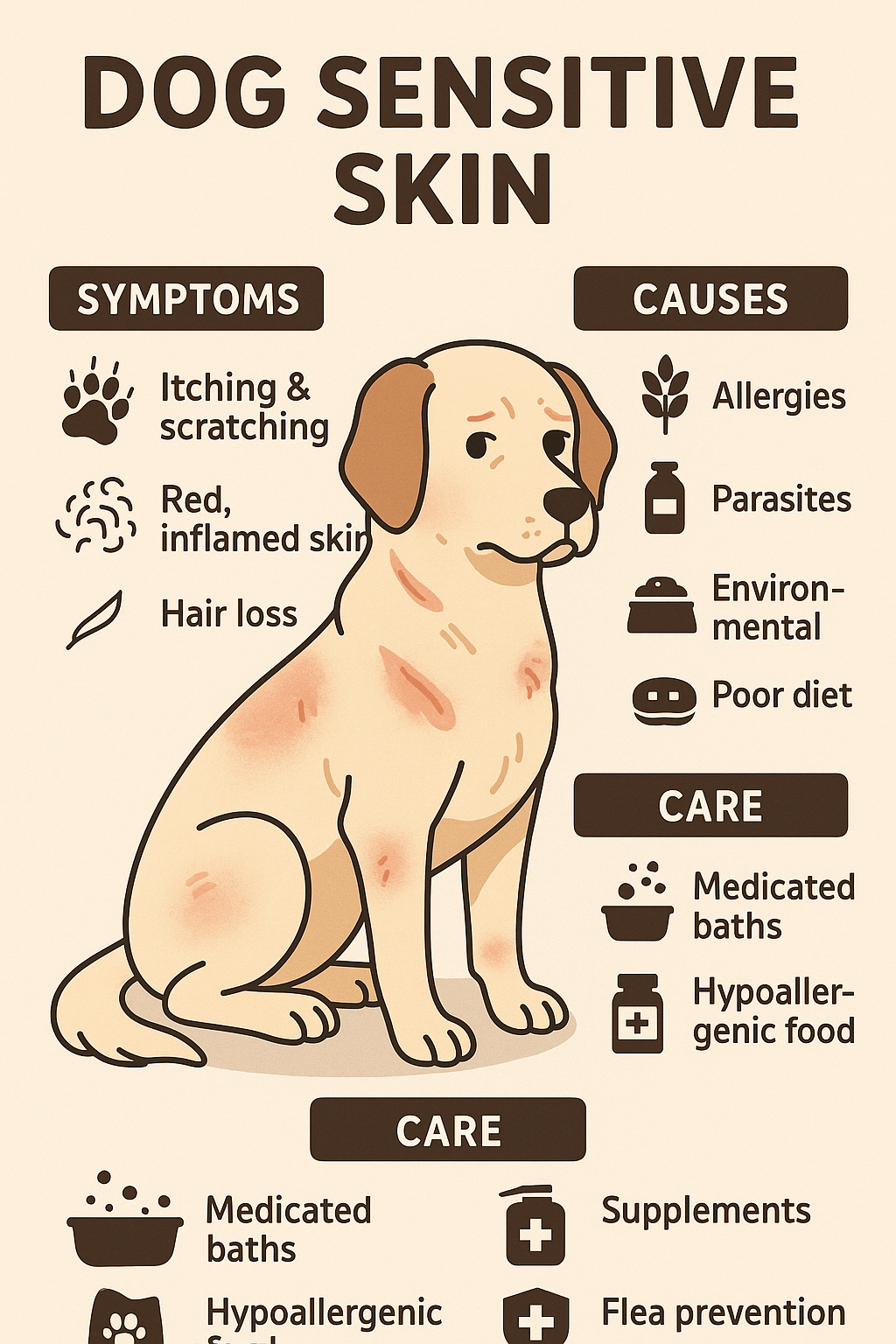Caring for a Paralyzed Dog: Love, Support, and Practical Solutions
When a dog becomes paralyzed, it can feel overwhelming for both the pet and their owner. Whether caused by injury, illness, or age-related conditions, paralysis is a life-changing event that requires patience, compassion, and adaptability. While it may seem daunting at first, many paralyzed dogs continue to live happy, fulfilling lives with the right care and support. This blog post explores everything you need to know about caring for a paralyzed dog, from understanding their condition to practical tips for daily living. With love and dedication, you can help your furry friend thrive despite their challenges.
Understanding Paralysis in Dogs
Paralysis in dogs can stem from various causes, and understanding the underlying reasons is crucial for providing the best care. Here’s an overview of common factors that contribute to paralysis in dogs.
Spinal Injuries:
Trauma, such as car accidents or falls, can damage the spinal cord, leading to partial or complete paralysis.Intervertebral Disc Disease (IVDD):
This condition occurs when discs in the spine herniate, compressing nerves and causing mobility issues.Degenerative Myelopathy:
A progressive disease affecting the spinal cord, often seen in older dogs, resulting in gradual loss of motor function.Tick Paralysis:
Certain tick species release toxins that can cause temporary paralysis if not treated promptly.Infections or Tumors:
Infections like meningitis or spinal tumors can disrupt nerve function, leading to paralysis.
Recognizing the cause of your dog’s paralysis is the first step toward creating an effective care plan tailored to their needs.
Essential Care Tips for a Paralyzed Dog
Caring for a paralyzed dog requires adjustments to your daily routine and environment. These tips will help you ensure their comfort, safety, and overall well-being.
Create a Comfortable Space:
Provide soft bedding and padded surfaces to prevent pressure sores and discomfort while lying down.Assist with Mobility:
Use harnesses, slings, or wheelchairs designed for paralyzed dogs to help them move around safely.Maintain Hygiene:
Regularly clean your dog’s fur and skin, especially in areas prone to urine or fecal buildup, to prevent infections.Encourage Exercise:
Gentle physical therapy exercises can help maintain muscle tone and improve circulation.Monitor for Complications:
Watch for signs of bedsores, urinary tract infections, or other health issues that may arise due to immobility.
By implementing these practices, you can enhance your dog’s quality of life and ensure they remain comfortable and happy.
Check this guide 👉Spleen Cancer in Dogs: Best 7 Expert Tips!
Check this guide 👉Understanding the Dog Spleen: Best 7 Expert Tips!
Check this guide 👉Understanding Dog Spleen Tumor Ultrasound: Best 7 Tips!

Challenges of Caring for a Paralyzed Dog | Solutions and Tools to Help |
|---|---|
Difficulty moving around | Dog wheelchairs, harnesses, and slings |
Risk of pressure sores | Orthopedic beds and frequent repositioning |
Urinary and bowel incontinence | Absorbent pads, diapers, and regular cleaning |
Muscle atrophy | Physical therapy and massage techniques |
Emotional distress | Extra attention, interactive toys, and mental stimulation |
How to Prevent Pressure Sores in Paralyzed Dogs
Pressure sores are a common concern for paralyzed dogs, but with proper care, they can be avoided. Follow these steps to protect your dog’s skin and keep them comfortable.
Use Padded Bedding:
Invest in high-quality, orthopedic beds that distribute weight evenly and reduce pressure on bony areas.Reposition Frequently:
Change your dog’s position every few hours to relieve pressure on vulnerable spots like elbows and hips.Keep Skin Clean and Dry:
Regularly clean your dog’s skin and dry it thoroughly to prevent moisture buildup, which can lead to sores.Inspect Skin Daily:
Check for redness, irritation, or abrasions, addressing any issues immediately to prevent worsening.Apply Protective Creams:
Use veterinarian-recommended creams or ointments to moisturize and protect delicate skin.
Preventing pressure sores ensures your dog remains comfortable and free from painful complications.
Emotional Support for Your Paralyzed Dog
A paralyzed dog may experience emotional challenges alongside physical ones. Providing emotional support is just as important as addressing their physical needs.
Spend Quality Time Together:
Engage in activities your dog enjoys, such as gentle play or cuddling, to strengthen your bond and boost their spirits.Offer Mental Stimulation:
Puzzle toys, scent games, or treat-dispensing toys can keep your dog mentally engaged and entertained.Maintain Routine:
Stick to a consistent schedule for feeding, walks (with assistance), and bedtime to provide stability and reassurance.Be Patient and Positive:
Your attitude influences your dog’s mood—stay calm, upbeat, and encouraging during their recovery process.Seek Professional Help if Needed:
If your dog shows signs of depression or anxiety, consult a veterinarian or animal behaviorist for guidance.
By nurturing your dog’s emotional well-being, you can help them adapt to their new reality with confidence and joy.
Adapting Your Home for a Paralyzed Dog
Making your home more accessible and safe is essential for a paralyzed dog’s well-being. These modifications can significantly improve their quality of life.
Install Ramps:
Replace stairs with ramps to help your dog navigate elevated areas like couches or cars.Remove Slippery Surfaces:
Add rugs or non-slip mats to hardwood or tile floors to prevent your dog from sliding.Create a Safe Zone:
Designate a specific area with padded flooring and easy access to essentials like food, water, and toys.Secure Hazardous Areas:
Block off stairs, pools, or other potentially dangerous spaces to avoid accidents.Adjust Furniture Layout:
Rearrange furniture to create open pathways and reduce obstacles for easier movement.
These changes ensure your home is a safe and welcoming environment for your paralyzed dog.
Dietary Considerations for a Paralyzed Dog
Nutrition plays a vital role in supporting a paralyzed dog’s overall health and recovery. Here are some dietary tips to keep in mind.
Focus on High-Quality Protein:
Protein supports muscle maintenance and repair, which is crucial for paralyzed dogs.Include Omega-3 Fatty Acids:
Fish oil or flaxseed supplements can reduce inflammation and promote joint health.Add Fiber-Rich Foods:
Fiber aids digestion, especially for dogs experiencing bowel incontinence.Avoid Excessive Calories:
Monitor portion sizes to prevent weight gain, which can strain joints and exacerbate mobility issues.Consult Your Vet for Supplements:
Glucosamine, chondroitin, and other supplements may benefit spinal and joint health.
A balanced diet tailored to your dog’s needs can support their physical and emotional well-being.
Signs Your Paralyzed Dog Needs Immediate Veterinary Attention
While paralyzed dogs require ongoing care, certain symptoms warrant immediate medical attention. Recognizing these signs can prevent complications.
Sudden Worsening of Symptoms:
A rapid decline in mobility or coordination may indicate a new injury or progressing condition.Difficulty Breathing:
Labored breathing could signal respiratory distress or complications related to paralysis.Severe Pain or Discomfort:
Excessive whining, panting, or restlessness may suggest pain requiring urgent treatment.Unusual Swelling or Redness:
Swollen limbs or red, irritated skin could indicate infection or injury needing prompt care.Loss of Appetite or Lethargy:
These signs may point to underlying health issues that need veterinary evaluation.
Acting quickly ensures your dog receives the care they need to stay healthy and comfortable.
Frequently Asked Questions About Paralyzed Dogs
Can a paralyzed dog recover?
Recovery depends on the cause of paralysis. Some conditions, like tick paralysis, are reversible, while others, like degenerative myelopathy, are progressive.
Do paralyzed dogs need wheelchairs?
Wheelchairs can greatly improve mobility for some paralyzed dogs, but not all require them. Consult your vet to determine what’s best for your dog.
How do I clean a paralyzed dog?
Use warm water and mild soap to gently clean affected areas, ensuring thorough drying afterward to prevent irritation.
What should I feed a paralyzed dog?
Maintain a balanced diet rich in nutrients to support overall health. Your vet may recommend supplements for joint or muscle support.
Can paralyzed dogs still enjoy life?
Absolutely! With proper care, love, and adaptations, paralyzed dogs can lead happy, fulfilling lives full of joy and companionship.
Giving Your Paralyzed Dog the Best Life Possible
Caring for a paralyzed dog is undoubtedly challenging, but it’s also an opportunity to deepen the bond you share with your furry companion. By understanding their needs, making necessary adjustments, and providing unwavering love and support, you can ensure they continue to thrive despite their limitations. Remember, your dedication makes all the difference in helping your dog live a life filled with happiness, dignity, and purpose. Together, you can overcome obstacles and create countless cherished memories.
Rimadyl for Dogs: Best 7 Expert Tips! Discover expert advice on using Rimadyl safely, managing pain, and improving your dog’s mobility with trusted veterinary insights.
Can Dogs Have Tylenol for Pain? Best 7 Expert Tips! Discover the risks, safe alternatives, and expert advice on managing your dog’s pain effectively while avoiding harmful medications.
Understanding Hemophilia in Dogs: Best 7 Expert Tips! Discover expert advice on managing hemophilia, recognizing symptoms, and ensuring your dog’s well-being with practical care strategies.
Understanding Dog Sensitive Skin: Best 7 Expert Tips! Discover expert advice on managing dog sensitive skin, relieving irritation, and improving your pup’s comfort with practical solutions.

